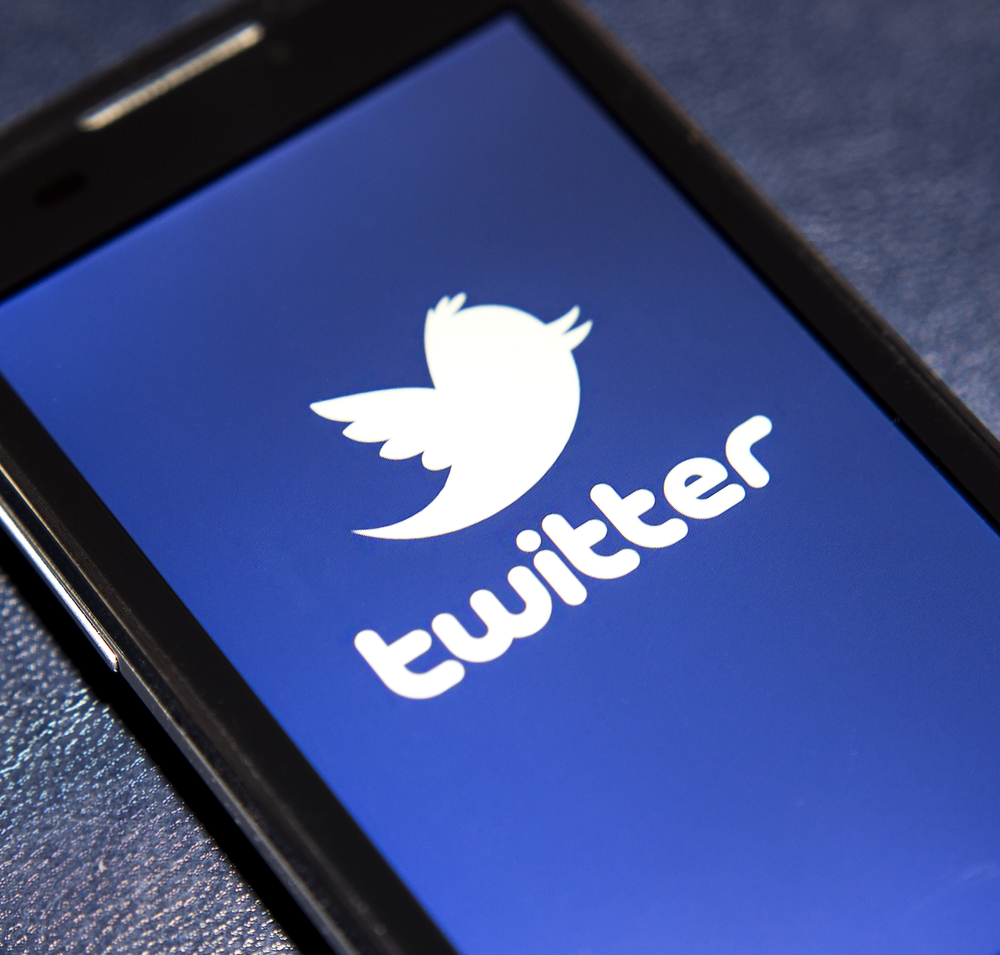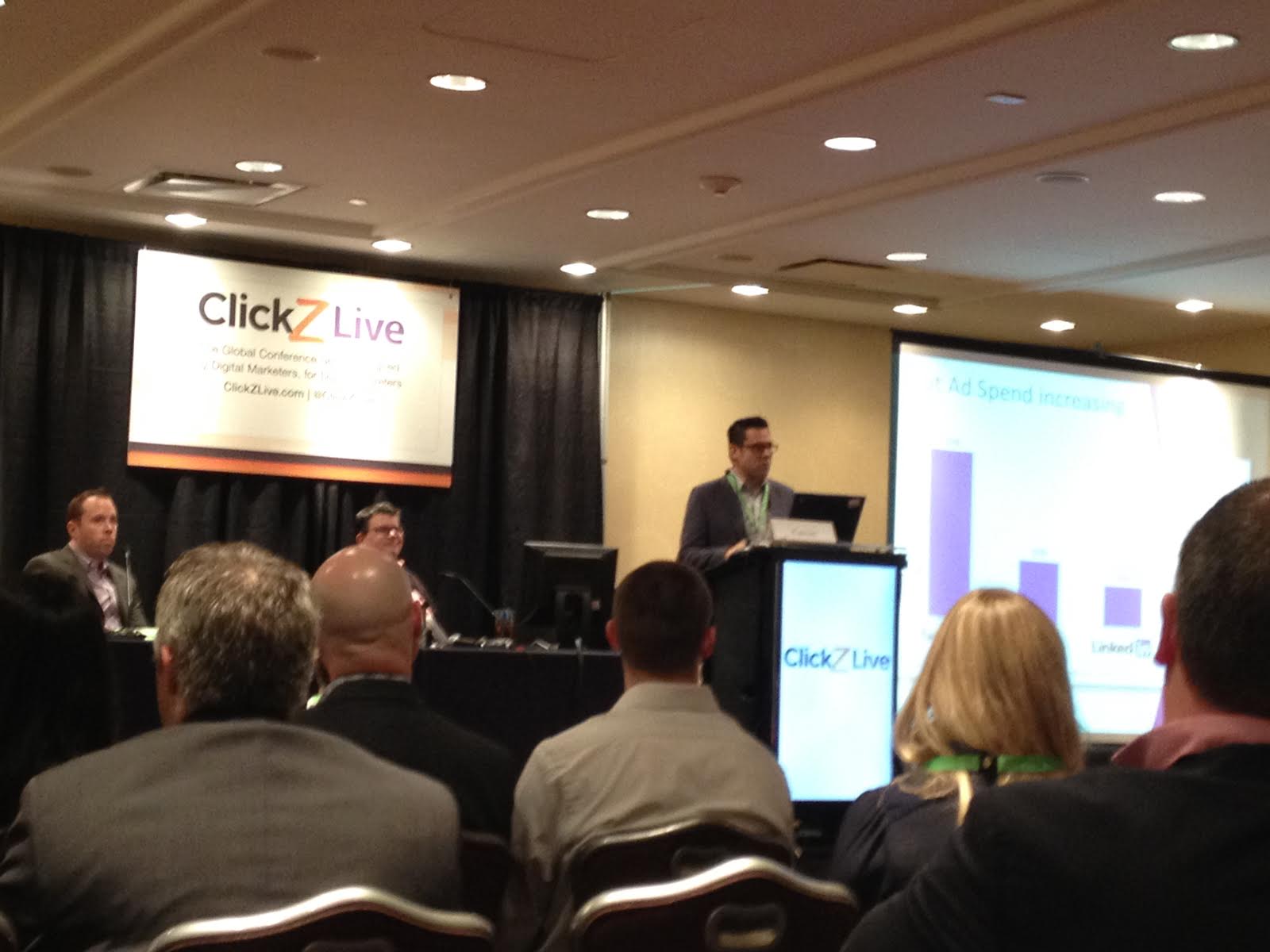There’s a social media shakeup, and while organic social content seems to be in the cross-hairs (ahem, Facebook), ClickZ speakers pointed out that paid campaigns are also being impacted by these trends.
Jay Hawkinson, the Senior Vice President of Emerging Products at SIM Partners, started by addressing the elephant in the room: Organic social content is disappearing from News Feeds. Studies show brand’s posts are reaching a miniscule fraction of their audiences and exposure will only continue to diminish. At the same time, advertising is becoming more expensive.
To pay, or not to pay, for Facebook marketing
Coincidence or not, brands need to find ways to survive the changing social tides and paid advertising is one safety net. Hawkinson offered a number of tips to help marketers execute the most effective paid campaigns:
1. Get in the News Feed: Ads that take center stage generate more engagement than content displayed in the left or right gutters.
2. Use images: Social media posts with visuals get 120 percent more engagement and 3 percent more Likes. Text-only status updates are getting less visibility, and even adding a couple of links can help posts do better whether they’re paid or organic.
Social media posts with visuals get 120 percent more engagement and 3 percent more Likes
3. Look into Page insights
4. Use the Facebook boost
- if there is a lot of organic interest, or if there is a lot of interest around it for a limited amount of time.
- If you aren’t getting traction out of boosted content, then it might be time to adjust
5. Leverage the tools at your disposal, like:
- Power editor campaigns (which allow you to easily edit on the fly).
- Power categories, which more or less compensate for loss of sponsored stories with the ability to slice and dice information about who has been seeing ads.
- Lookalike audiences.
- Ad placement (social media success is all about being in the right place at the right time).
6. Be mobile: 80 percent of daily Facebook users are accessing the site on mobile devices, so ads need to be optimized for mobile.
7. Create content for custom audiences*: Prompt users to sign in so you’re assigning an ID to users, or build your custom audiences profiles for people at various stages (ads for the people who are just browsing for information).
*There are 1,500 types of stories on Facebook, but most customers only see about 300 on average.
8 Facebook advertising best practices
Hawkinson pointed out that a lot of the best practices that apply to social advertising are the same that you’d use for search and content marketing strategies:
- Create strong calls to action.
- Use fun images and fun content – brands that post pictures of animals and food are successful for a reason. They establish an emotional connection with readers.
- Establish an incentive.
- Consider your images when posting content – Don’t let your images be an afterthought.
- Keep Ads fresh and engaging – If you’re creating fresh content, make sure to rotate your ads. Readers don’t want to be served the same content time after time after time.
- Localize your ads – People want to engage with the business down the street.
- Be relevant – When there are major events, cover them if relevant.If you’re creating fresh content, make sure to rotate your ads. Readers don’t want to be served the same content time after time after time.
- Listen and learn – Step back and determine if things are working. Ask questions of the audience and find out what they want to see.
How paid-Twitter marketing tactics differ from organic strategies
Paul Langtry of Adobe Digital Marketing shared Twitter marketing tips for companies developing sponsored strategies. Langtry started by explaining that Twitter is fast on Facebook’s heels, so marketers can expect the network to quickly develop advertising tools on the same scale as the social behemoth.
However, there are certain traits in which Twitter has already differentiated itself from Facebook. For one, consumers behave differently on mobile devices than they do when surfing the ‘net on desktop devices – and mobile use is growing. It’s risen 593 percent since 2010, which means businesses have no choice but to optimize for mobile.
- People tend to prospect on mobile, but convert on desktop.
- Mobile is where you’re going to get the majority of your impressions, but you can’t expect users to perform complex actions on mobile devices.
- Images work well on mobile, but not as well for desktop users viewing ads.
Langtry pointed out that it’s actually better not to use images in direct response campaigns. Companies tend to see stronger results when they create text-only posts. This is surprising because studies have consistently shown that organic social media content is supremely improved with visual elements.
 Segment for success with Twitter ads:
Segment for success with Twitter ads:
Businesses can make their paid campaigns do more when they segment their audiences and tailor ads to specific customer bases. Here are audience groupings Langtry recommends:
- Mobile and desktop users – You’ll see different engagement rates and link clicks based on the medium people use. Companies should budget appropriately and make sure their creative assets are appropriate for each platform.
- Gender – It might be harder to see how this would be effective because Twitter doesn’t ask users to provide this information outright. However, the network has a system for determining a user’s gender that it claims is over 90 percent accurate.
- By time of day – People interact with Twitter differently during the day, so you really need to think about who your target audience is. Schedule one campaign from midnight to 6 a.m., another from 6 a.m. to noon, etc. so you are sure you’re live when customers are there. This can also help companies conserve their budgets for peak activity.
Best practices for Twitter campaigns
Langtry also offered a handful of best practices for companies launching Twitter ad campaigns. By optimizing from the outset, businesses can get the most out of their paid efforts.
- Create multiple Tweets per campaign (3 to 5 per campaign per day).
- Give each Tweet a goal and form.
- Use text only for direct response.
- Add images if you’re gunning for engagement.
- Optimize to link clicks.
- Send a test Tweet – one per campaign.
- Make it clear what audiences should do next.
- Start low and bid up – find your bid floor per audience, or the point where you start to see engagement and impressions and increase from there.
As the social media ecosystem continues to change, businesses may be herded toward paid campaigns for audience reach. With the right insights and tools, marketers can create sponsored content that has a maximum impact on target audiences.





